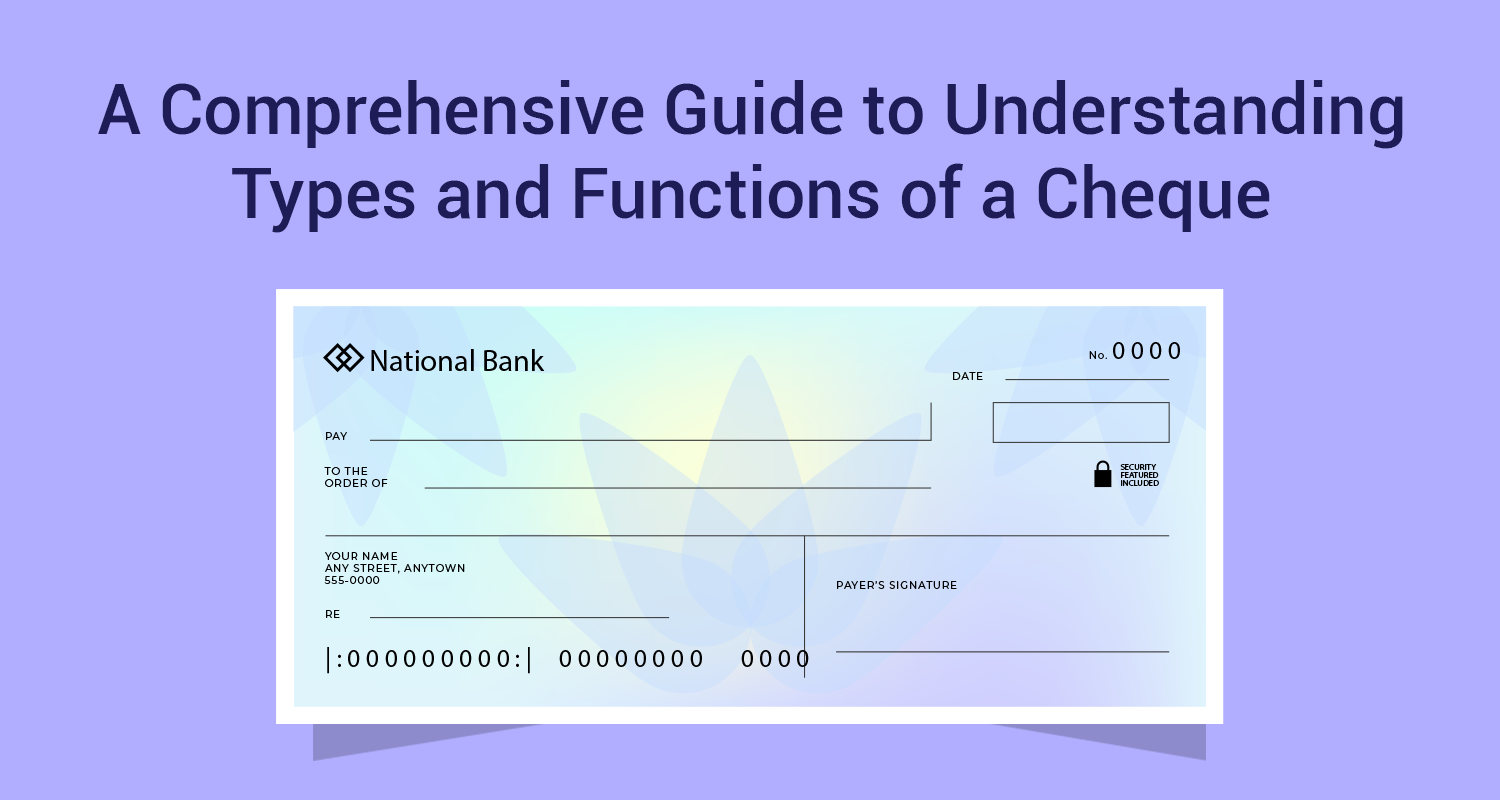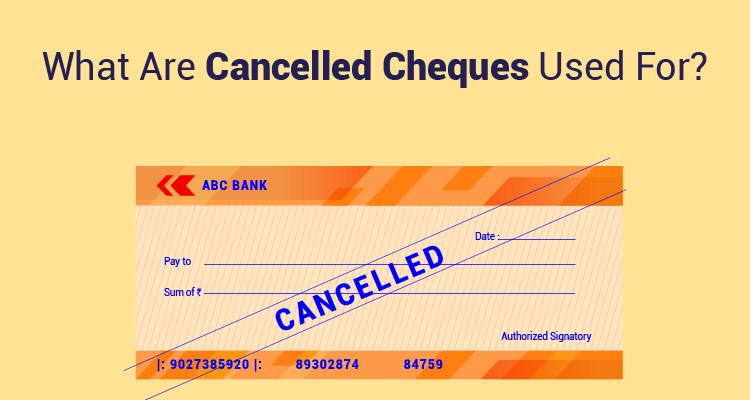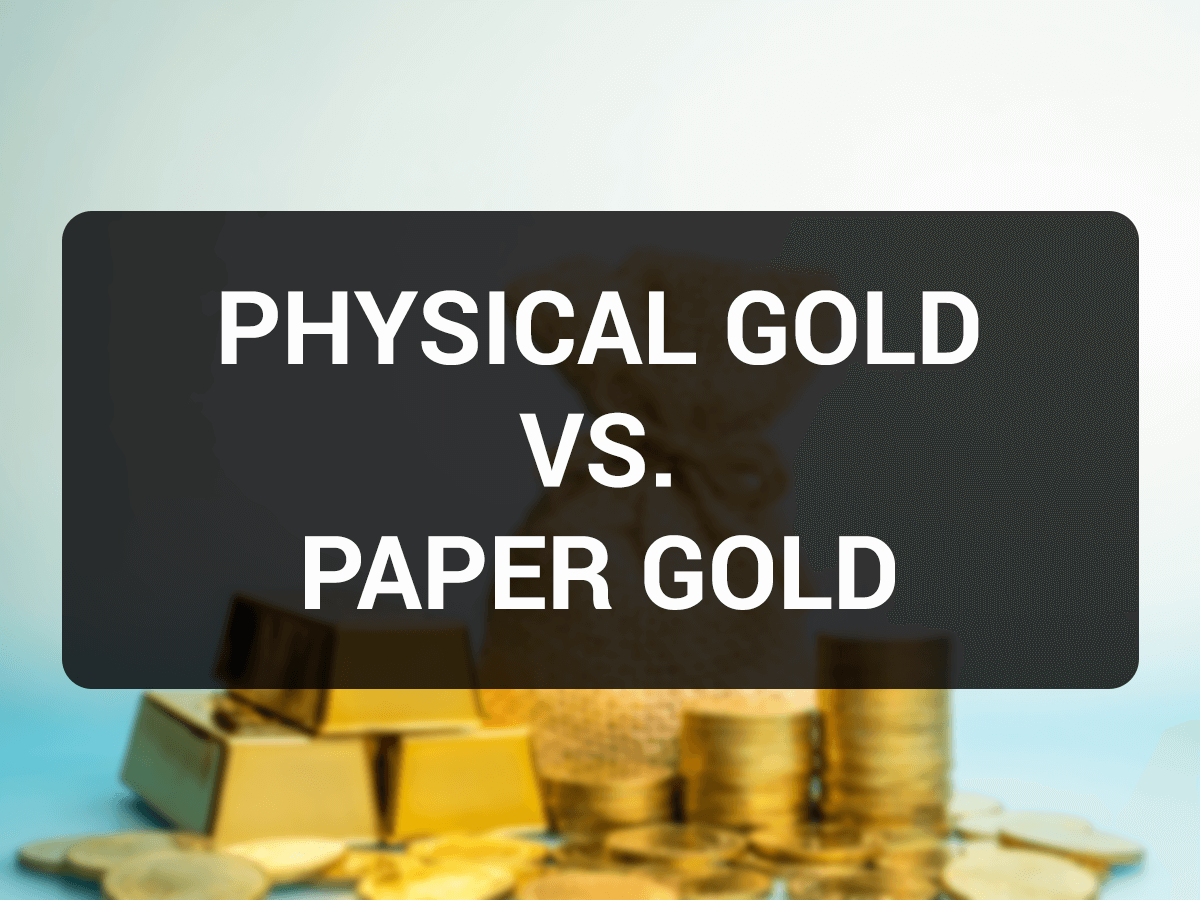What Is ELSS And How To Invest In ELSS?

An equity-linked savings scheme (ELSS) is a special category of equity mutual funds with a 3-year lock-in period. In other words, it operates just like an equity fund with a fund manager managing a portfolio of equities. The only difference is that, once you are invested in the ELSS, you cannot withdraw for a period of 3 years. After the completion of 3 years from the date of purchase, the lock-in is released and you are free to sell these shares.
The principal reason a lot of mutual fund investors find this ELSS attractive is due to the special exemption on ELSS investments that are available to investors. ELSS investments are eligible for tax exemption under Section 80C of the Income Tax Act up to a limit of Rs.1.50 lakhs per annum. Each year, you can invest this amount in ELSS funds and get the tax exemption. However, it needs to be remembered that this exemption is an overall exemption. Apart from ELSS, Section 80C also provides a similar exemption for other investments like PPF, LIC Premium, Contributory Provident Fund, ULIPs, home loan principal, tuition fees etc. The limit of Rs.1.50 lakhs is the umbrella limit for all these investments including your ELSS contribution.
How The Tax Benefit Enhances Your Returns On ELSS
If you take a normal equity fund and compare it with an ELSS fund, the advantage difference will be obvious to you. Let us understand this difference from the table below:
Equity Fund
Amount
ELSS Fund
Amount
Purchase NAV
Rs.100
Purchase NAV
Rs.100
Sale NAV after 3 years
Rs.158
Sale NAV after 3 years
Rs.158
Total Units Held
1,000 units
Total Units Held
1,000 units
Capital Gains
Rs.58,000
Capital Gains
Rs.58,000
CAGR Returns (%)
16.48%
Tax shield u/s 80C
30.9%
Exempted buy price
Rs.30,900
Effective Investment
Rs.69,100
Effective Capital Gains
Rs.88,900
Effective CAGR (%)
31.75%
You must surely be wondering how with the same fund and the same NAV movement, the ELSS created such a big difference in the annual CAGR returns. This is how it works. When you invest Rs.100, you are getting Rs.30.90 back in the same year as tax exemption. That means you are effectively investing only Rs.69.10. But that investment is still growing to Rs.158 at the end of 3 years. Therefore, your effective profits are higher by the amount of tax shield that you got from the ELSS investment. That is what you gain from the ELSS. In this case, the annual profit on the equity fund is less than Rs.1 lakh so the long-term capital gains will not apply. We are also assuming that the person does not have any other Section 80C investment, which is not the case normally. In that case, your tax shield will reduce proportionately.
How To Invest In An ELSS Fund
Investing in the ELSS fund is the same as investing in any normal mutual fund scheme. You must first get your Know Your Client (KYC) registration done. You can check the status of your KYC on the website of the mutual fund registrars. This KYC registration is linked to your PAN and now it is also mandatory to link your mutual fund investments to your Aadhar Card. Once your KYC is done, you are good to go with your ELSS investments. You can either submit a physical application at the AMC / Registrar office or you can even apply for the ELSS fund online and hold it in your demat account. Once the ELSS fund units are allocated to you, the lock in period of 3 year applies from the date of allotment of units. However, if you do opt for a dividend plan of ELSS, then you will continue to get the dividends even when your lock-in period is on. Once the lock-in period is completed, you are free to either continue to hold the units or exit at the time of your choice.
Lump-sum versus SIP On ELSS
This is a common debate. Ideally, if you can do a regular SIP on an ELSS, it is actually a better choice for 2 reasons. Firstly, a regular SIP will ensure that your tax planning outflows are synchronized with your regular income flows. Thus tax planning becomes a regular exercise through the year. Secondly, your 3-year lock in for each SIP instalment will start much sooner from the month of investment itself. Therefore, your units will also get released earlier.
ELSS can be a good method of recycling your money every three years and getting tax benefits from the same amount reinvested. It saves tax, even as it creates wealth in the long run. That is like hitting two birds with one stone.
Disclaimer : The information in this blog is for general purposes only and may change without notice. It does not constitute legal, tax, or financial advice. Readers should seek professional guidance and make decisions at their own discretion. IIFL Finance is not liable for any reliance on this content. Read more



